Home>Articles>Toilet Making High Pitched Noise When Not In Use
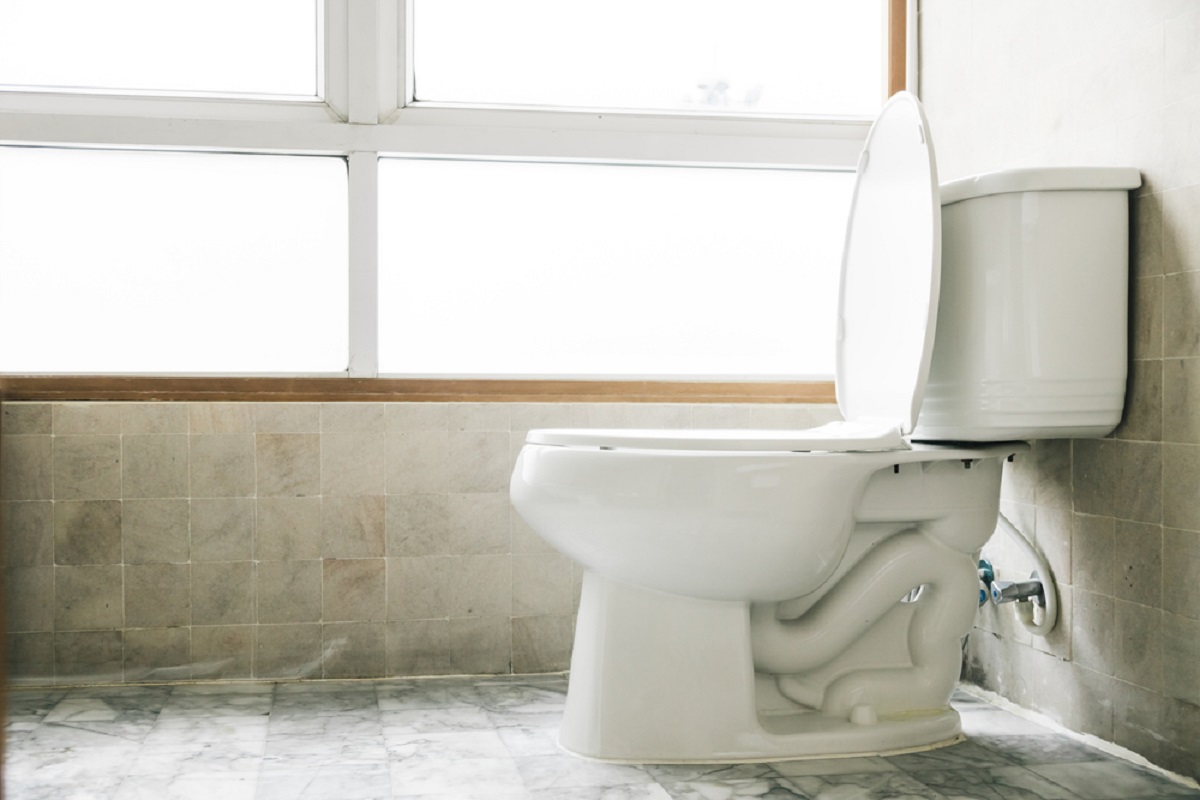

Articles
Toilet Making High Pitched Noise When Not In Use
Modified: October 20, 2024
Discover helpful articles on how to fix a toilet making a high pitched noise when not in use. Find effective solutions and troubleshoot the issue.
(Many of the links in this article redirect to a specific reviewed product. Your purchase of these products through affiliate links helps to generate commission for Storables.com, at no extra cost. Learn more)
Introduction
There’s nothing quite as annoying as a high-pitched noise emanating from your toilet when it’s not in use. Not only does it disrupt the tranquility of your home, but it can also be a sign of an underlying issue that needs to be addressed. If you’re experiencing this frustrating problem, you’re not alone. Many homeowners have dealt with a squealing, whistling, or screeching sound coming from their toilets, and it’s important to understand the causes and potential solutions to this problem.
In this article, we’ll dive into the details of why your toilet might be making a high-pitched noise when it’s not in use. We’ll explore the various factors that can contribute to this issue and provide troubleshooting tips to help you identify the cause of the noise. Additionally, we’ll discuss possible fixes and offer maintenance suggestions to prevent the noise from recurring in the future.
So, if you’re tired of constantly hearing that irritating noise coming from your toilet, let’s delve into the world of toilet troubleshooting and find a solution that will restore peace and quiet to your bathroom.
Key Takeaways:
- Troubleshooting a high-pitched toilet noise involves testing water pressure, inspecting fill valves, and cleaning pipes to pinpoint and fix the issue, restoring peace to your bathroom.
- Regular maintenance, including checking for leaks, maintaining water pressure, and educating household members, can prevent future toilet noises and ensure a peaceful bathroom experience.
Read more: Toilet Noise When Flushing
Understanding the High-Pitched Noise
Before we delve into the causes and solutions of a high-pitched noise coming from your toilet, it’s important to understand what might be causing this unpleasant sound. The noise can vary in intensity and pitch, ranging from a subtle whistling to a loud screeching sound. It may occur intermittently or persistently, even when the toilet is not in use.
In most cases, a high-pitched noise from the toilet is a result of water flow or pressure issues. When water flows through the pipes, it can create vibrations and turbulence, which can cause the pipes or fittings to produce a high-pitched sound. The noise can be more pronounced when there are obstructions or irregularities in the plumbing system.
It’s important to note that the high-pitched noise may not necessarily originate from the toilet itself. It can travel through the pipes, making it challenging to locate the exact source. In some instances, the noise might be present in other fixtures connected to the same plumbing system, such as sinks or showers.
Now that we have a basic understanding of what causes the high-pitched noise, let’s explore some of the possible culprits in more detail.
Possible Causes of the Noise
Several factors can contribute to the high-pitched noise coming from your toilet. Understanding these causes can help you pinpoint the issue and determine the best course of action to fix it. Here are some common culprits:
- Fill Valve Issue: The fill valve is responsible for refilling the toilet tank after each flush. If there’s a problem with the fill valve, such as a worn-out seal or a loose component, it can create a whistling or squealing noise. Inspect the fill valve for any visible signs of damage or misalignment.
- Water Pressure: High water pressure can cause vibrations and turbulence in the pipes, leading to a high-pitched noise. Check the water pressure in your home using a pressure gauge. If it exceeds the recommended range (typically 40-80 PSI), consider installing a pressure regulator to reduce the pressure and alleviate the noise.
- Water Hammer: Water hammer refers to a sudden change in water flow, causing a banging or hammering noise in the pipes. This can occur when a valve closes abruptly, resulting in a pressure surge. Water hammer can sometimes manifest as a high-pitched noise. Installing water hammer arrestors or adjusting the water pressure regulator can help mitigate this issue.
- Partially Closed Water Supply Valve: If the water supply valve to the toilet isn’t fully open, it can restrict the flow of water, leading to turbulence and noise. Ensure that the valve is fully open and functioning properly.
- Loose or Faulty Pipes: Loose or faulty pipes can vibrate and produce high-pitched sounds. Inspect the plumbing connections near the toilet and tighten any loose fittings. If the pipes are damaged or corroded, they may need to be replaced.
- Debris or Mineral Buildup: Over time, mineral deposits and debris can accumulate in the pipes, causing blockages and impeding water flow. This can result in vibrations and noise. Flushing the pipes with a descaling solution or hiring a professional plumber to clean the plumbing system can help alleviate the issue.
Identifying the specific cause of the high-pitched noise can be a challenging task, especially if there are multiple factors at play. However, by systematically checking each potential cause, you can narrow down the possibilities and move closer to finding a solution. In the next section, we’ll discuss how to test and troubleshoot the issue to pinpoint the exact source of the noise.
Testing and Troubleshooting
When it comes to addressing a high-pitched noise coming from your toilet, it’s important to perform some testing and troubleshooting to identify the root cause. Follow these steps to narrow down the issue:
- Flush the Toilet: Start by flushing the toilet and paying close attention to any changes in the noise. Does the noise occur immediately after flushing, or does it persist even when the toilet is not in use?
- Check Other Fixtures: Determine if the noise is isolated to the toilet or if it extends to other fixtures connected to the same plumbing system. Turn on faucets and showers to see if the noise is present. If it is, this could indicate a larger plumbing issue that needs to be addressed.
- Inspect the Fill Valve: Remove the lid from the toilet tank and flush the toilet. Watch the fill valve as the tank refills. Look for any signs of water leakage, misalignment, or unusual noise. If you notice any issues, it may be necessary to replace or repair the fill valve.
- Check Water Pressure: Measure the water pressure in your home using a pressure gauge. If it exceeds the recommended range, consider installing a pressure regulator to alleviate the noise. If the pressure is within the acceptable range, move on to the next step.
- Verify Water Supply Valve: Ensure that the water supply valve to the toilet is fully open. A partially closed valve can restrict water flow and contribute to the noise. Turn the valve clockwise to ensure it is fully open.
- Inspect Plumbing Connections: Examine the plumbing connections near the toilet. Check for any loose or damaged pipes, fittings, or connections. Tighten any loose fittings and replace any damaged components. If the noise persists, move on to the next step.
- Clean the Pipes: If you suspect mineral buildup or debris in the pipes, consider using a descaling solution to flush out the plumbing system. Follow the manufacturer’s instructions or consult a professional plumber for guidance.
By systematically going through these troubleshooting steps, you can narrow down the potential causes of the noise and determine the appropriate solution. However, if the noise persists or you’re unable to identify the source, it may be best to seek the assistance of a licensed plumber who can provide further expertise and guidance.
Check the fill valve and the flapper in the toilet tank. A high-pitched noise when not in use could indicate a leak, which can waste water and increase your water bill.
Fixing the Issue
After troubleshooting and identifying the root cause of the high-pitched noise coming from your toilet, it’s time to take the necessary steps to fix the issue. Here are some potential solutions:
- Replace the Fill Valve: If the fill valve is worn out or malfunctioning, it may need to be replaced. Purchase a new fill valve that is compatible with your toilet model and follow the manufacturer’s instructions for installation.
- Adjust the Water Pressure: Install a pressure regulator if your water pressure is too high. This will help reduce the vibrations and noise caused by excessive water pressure. Consult a professional plumber for assistance with installing a pressure regulator.
- Install Water Hammer Arrestors: If water hammer is the culprit behind the high-pitched noise, installing water hammer arrestors can help alleviate the issue. These devices absorb the pressure surge when valves close abruptly, reducing the vibrations and noise in the plumbing system.
- Check and Adjust the Water Supply Valve: Ensure that the water supply valve to the toilet is fully open. If it is partially closed, turn it clockwise until it is fully open to allow for proper water flow and reduce turbulence in the pipes.
- Tighten or Replace Loose or Faulty Pipes: If you’ve identified loose or faulty pipes as the source of the noise, tighten any loose fittings and replace damaged or corroded pipes. Use appropriate tools and materials or consult a professional plumber for assistance.
- Flush and Clean the Plumbing System: If mineral buildup or debris is causing the noise, flush and clean the plumbing system. Use a descaling solution specifically designed for removing mineral deposits. Follow the instructions carefully and consider hiring a professional plumber for a thorough cleaning if necessary.
It’s important to note that the complexity of the fix will depend on the specific cause of the noise and your level of plumbing experience. If you’re unsure or uncomfortable with performing the repairs yourself, it’s always wise to seek the assistance of a licensed plumber to ensure the job is done correctly.
Remember, resolving the high-pitched noise may require a combination of these solutions depending on the underlying issue. Be patient and persistent in your approach, and don’t hesitate to seek professional help if needed.
Read more: Washer Makes Noise When Agitating
Regular Maintenance to Prevent Future Noise
Prevention is always better than cure, and when it comes to preventing the recurrence of a high-pitched noise from your toilet, regular maintenance is key. Here are some maintenance tips that can help keep your toilet running smoothly and reduce the chances of experiencing disruptive noises:
- Check for Leaks: Regularly inspect your toilet for any signs of leaks. A leaking toilet can lead to water wastage and contribute to various plumbing issues, including noise. Check the base of the toilet, the tank, and the connections for any leaks. If you detect a leak, address it promptly to prevent further damage.
- Maintain Proper Water Pressure: Keep an eye on the water pressure in your home and ensure it remains within the recommended range. High water pressure can cause vibrations and noise, while low water pressure can lead to inefficient flushing. If necessary, install a pressure regulator to maintain a consistent and appropriate water pressure level.
- Regularly Clean the Toilet: To prevent mineral buildup and debris accumulation, regularly clean your toilet. Use a toilet bowl cleaner and brush to remove any stains or deposits. Keeping the toilet clean not only improves its appearance but also helps maintain proper water flow and reduces the risk of noise-causing issues.
- Inspect and Maintain Valves: Regularly check the water supply valve and fill valve for any signs of wear or damage. If you notice any issues, such as a faulty seal or a loose component, promptly address them or consider replacing the valve to prevent future problems.
- Perform Routine Plumbing Maintenance: In addition to toilet-specific maintenance, it’s essential to perform routine plumbing maintenance throughout your home. This includes inspecting the pipes, checking for any leaks or corrosion, and addressing any issues promptly. Regular maintenance helps identify and mitigate potential problems before they escalate into major headaches.
- Educate Household Members: Teach everyone in your household about proper toilet usage and maintenance. Remind them not to flush excessive amounts of toilet paper or other non-flushable items, as these can cause blockages and put unnecessary strain on the plumbing system.
- Hire Professional Inspections: Periodically, consider hiring a professional plumber to conduct a thorough inspection of your plumbing system. They can identify any underlying issues that may not be immediately apparent and provide guidance on necessary repairs or maintenance.
By following these maintenance tips, you can minimize the risk of future high-pitched noises from your toilet. Remember, regular attention and care will help keep your toilet in optimal condition, ensuring a peaceful and problem-free bathroom experience.
Conclusion
A high-pitched noise coming from your toilet can be a frustrating and disruptive issue. However, with a better understanding of the potential causes and troubleshooting methods, you can effectively address and resolve the problem.
In this article, we explored the various factors that can contribute to a high-pitched noise in your toilet. We discussed possible causes such as fill valve issues, water pressure, water hammer, partially closed supply valves, loose or faulty pipes, and debris or mineral buildup. By identifying the specific cause, you can take the necessary steps to fix the issue.
We also discussed the importance of testing and troubleshooting to narrow down the root cause of the noise. By following a systematic approach and checking different elements, such as the fill valve, water pressure, supply valve, plumbing connections, and pipes, you can pinpoint the source of the noise and determine the appropriate solution.
Furthermore, we provided potential fixes for each identified cause, including replacing the fill valve, adjusting water pressure, installing water hammer arrestors, verifying the water supply valve, tightening or replacing loose or faulty pipes, and flushing and cleaning the plumbing system. It’s crucial to choose the solution that aligns with the specific issue you’re experiencing.
To prevent future noise, we discussed the importance of regular maintenance. This includes checking for leaks, maintaining proper water pressure, regularly cleaning the toilet, inspecting and maintaining valves, performing routine plumbing maintenance, educating household members, and scheduling professional inspections. These preventive measures can help keep your toilet running smoothly and reduce the likelihood of high-pitched noises in the future.
In summary, addressing a high-pitched noise from your toilet requires a combination of understanding the causes, troubleshooting, and taking appropriate measures to fix the issue. By implementing regular maintenance practices, you can prevent future noise disturbances and ensure a peaceful and functional bathroom environment.
Now that you've got a handle on silencing that annoying high-pitched noise from your toilet, why stop there? Dive deeper into essential home care with our latest reads. For those keen on enhancing their plumbing skills, our article on innovative toilet repair solutions offers invaluable advice for 2024. Not stopping at plumbing, our comprehensive guide on routine home maintenance ensures your living space remains in tip-top shape year-round. Both reads are perfect next steps for keeping your home quiet and serene!
Frequently Asked Questions about Toilet Making High Pitched Noise When Not In Use
Was this page helpful?
At Storables.com, we guarantee accurate and reliable information. Our content, validated by Expert Board Contributors, is crafted following stringent Editorial Policies. We're committed to providing you with well-researched, expert-backed insights for all your informational needs.
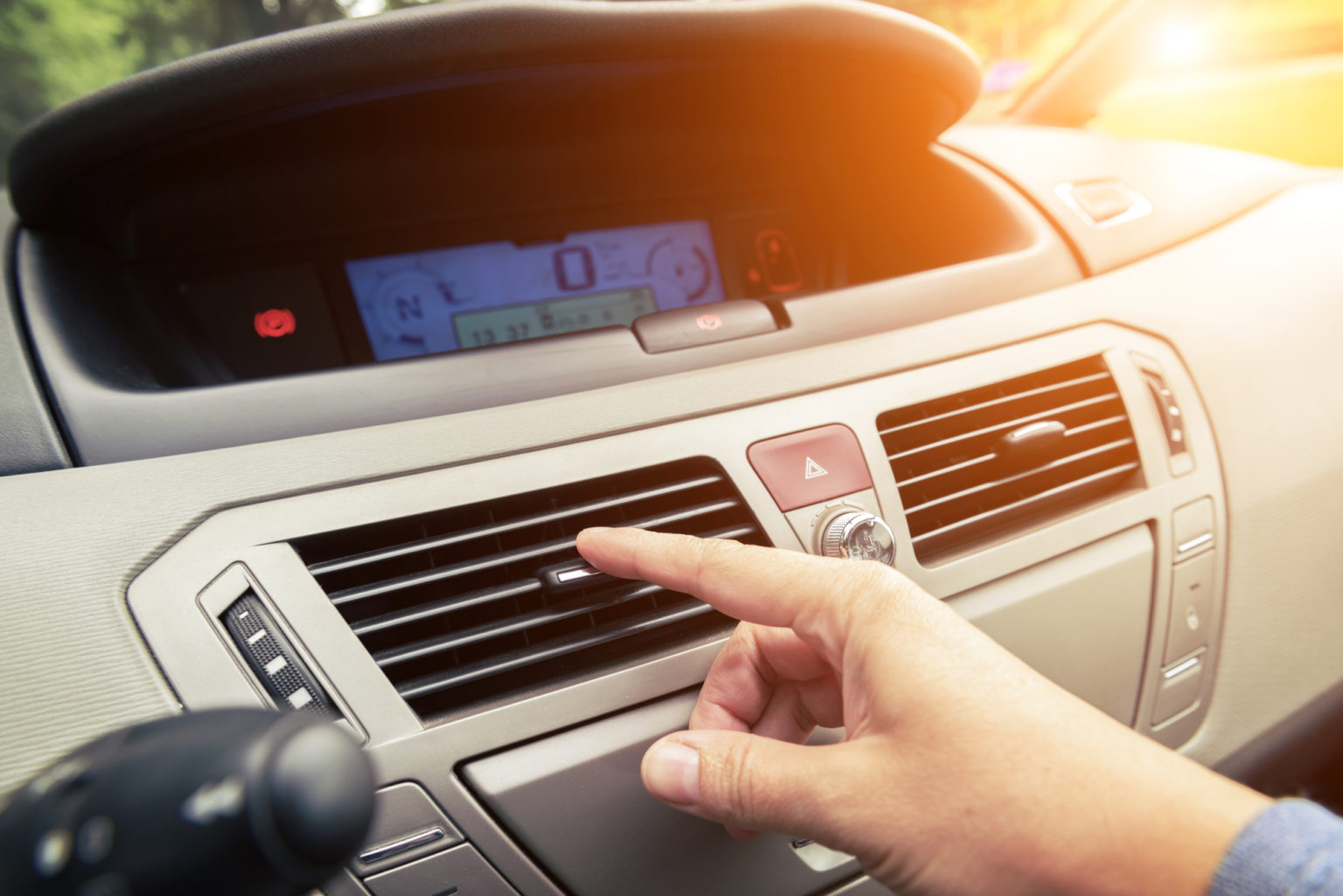
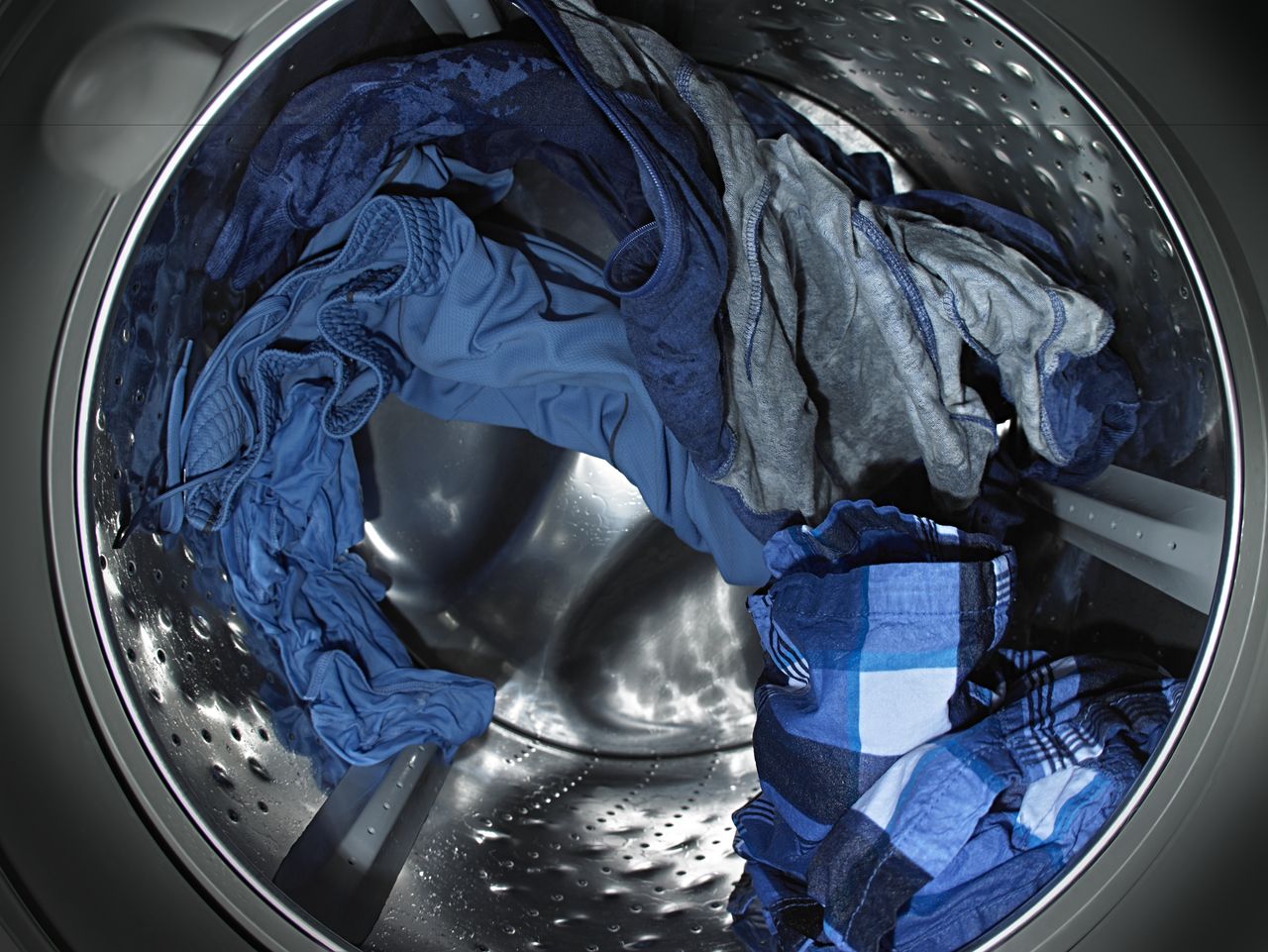

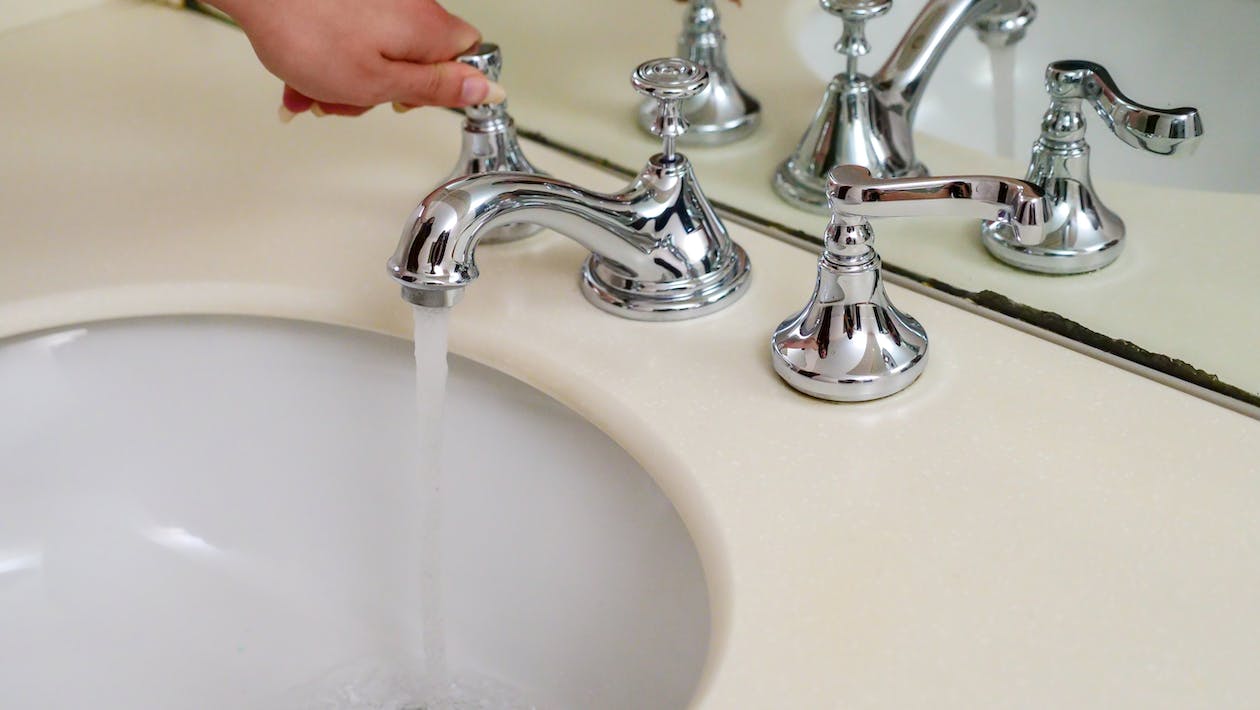
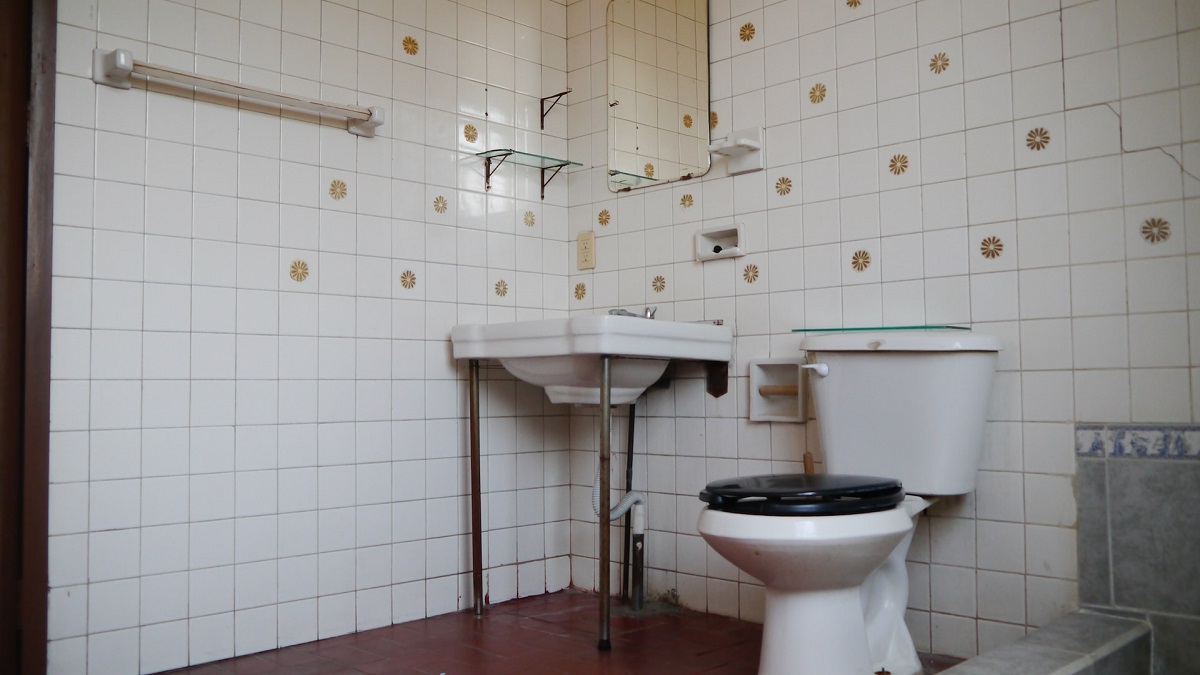
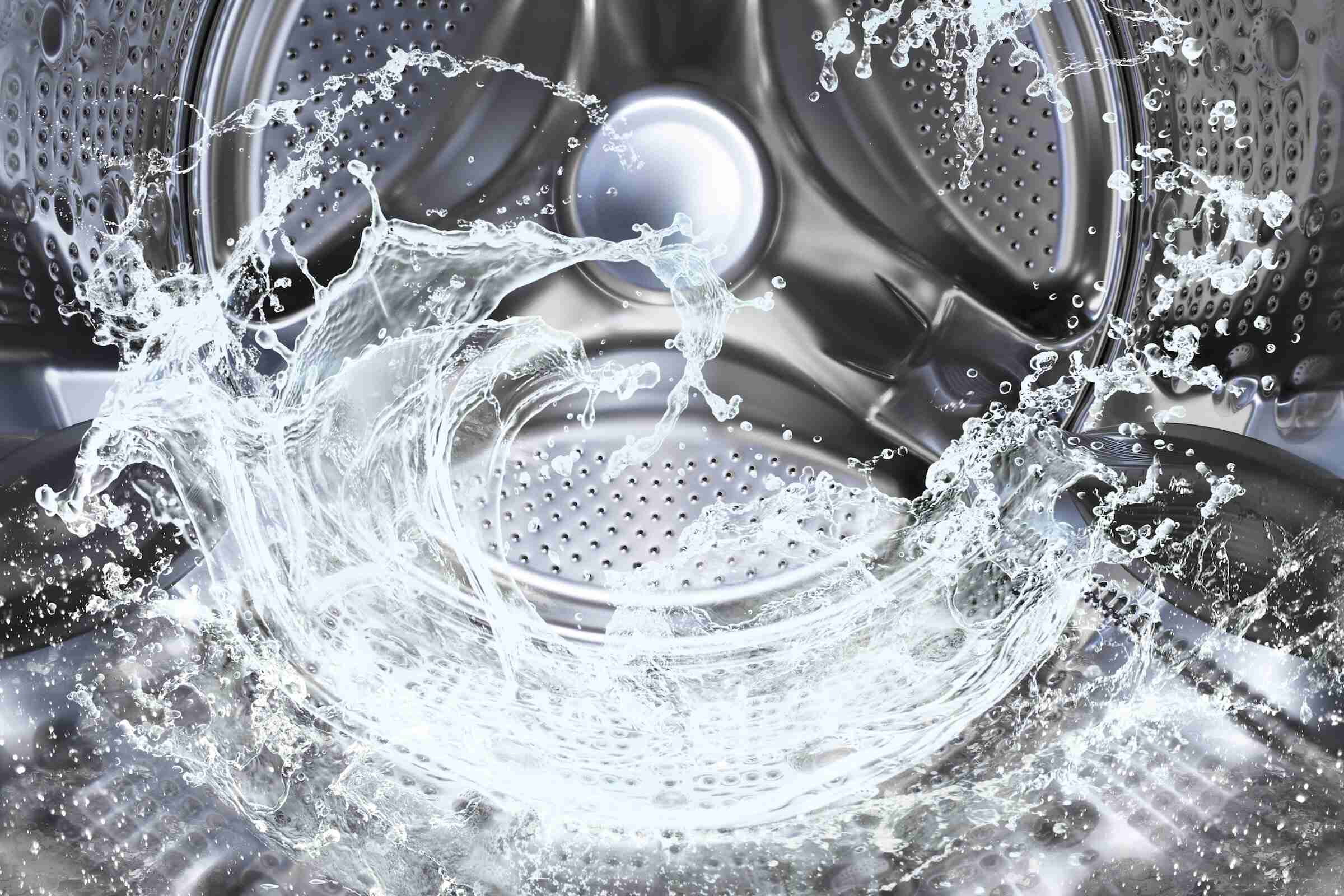
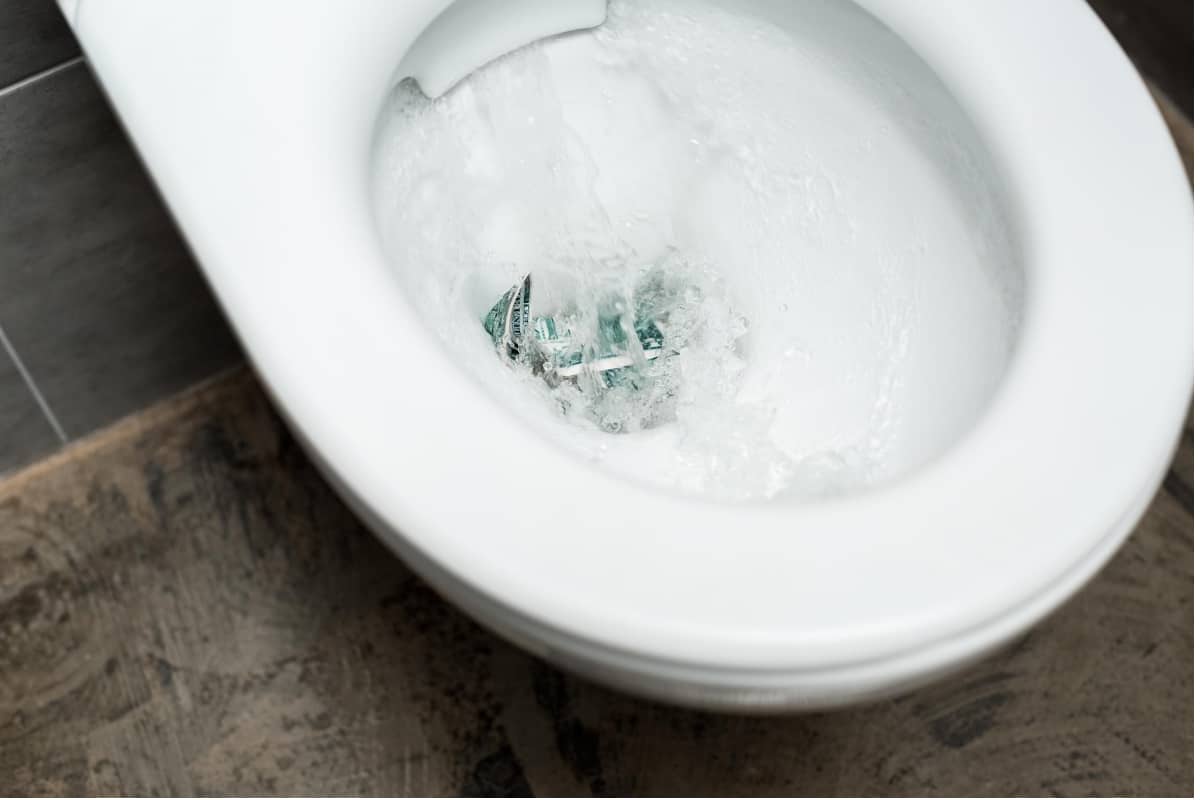
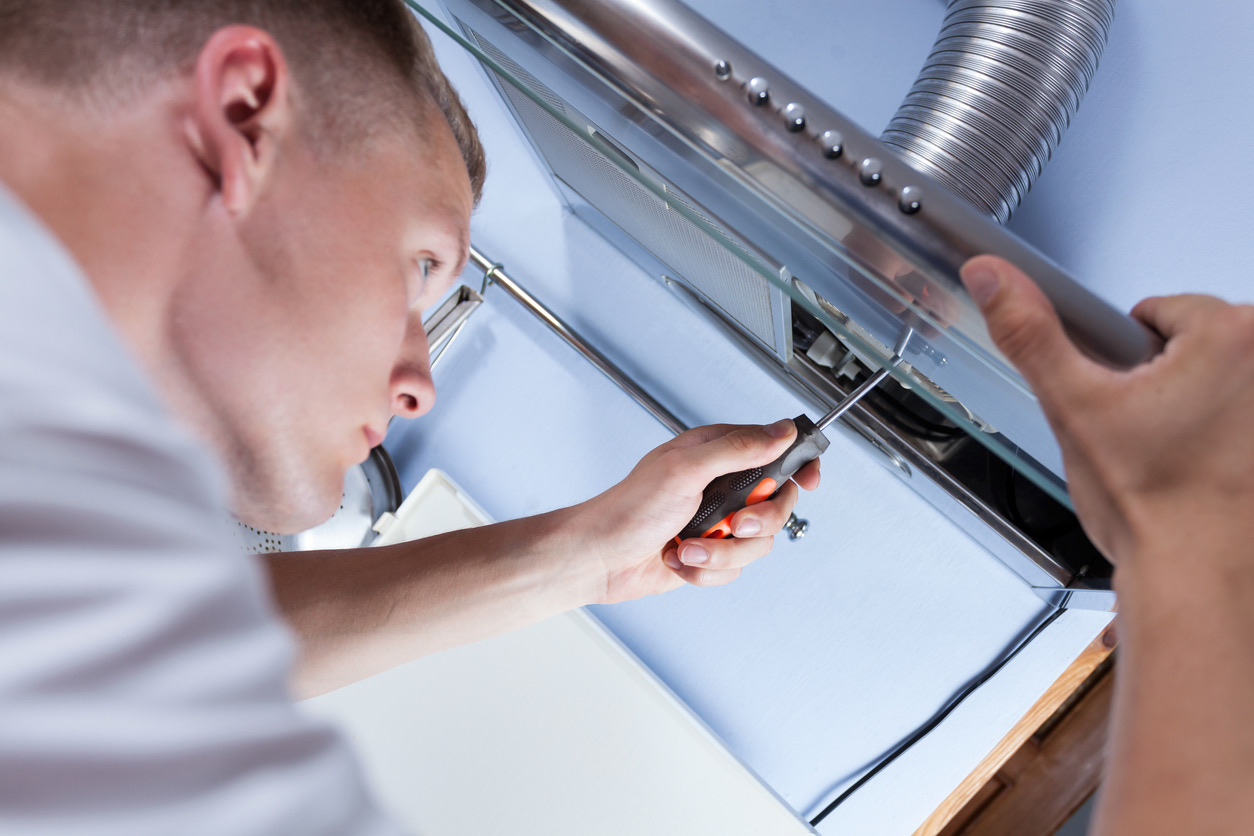
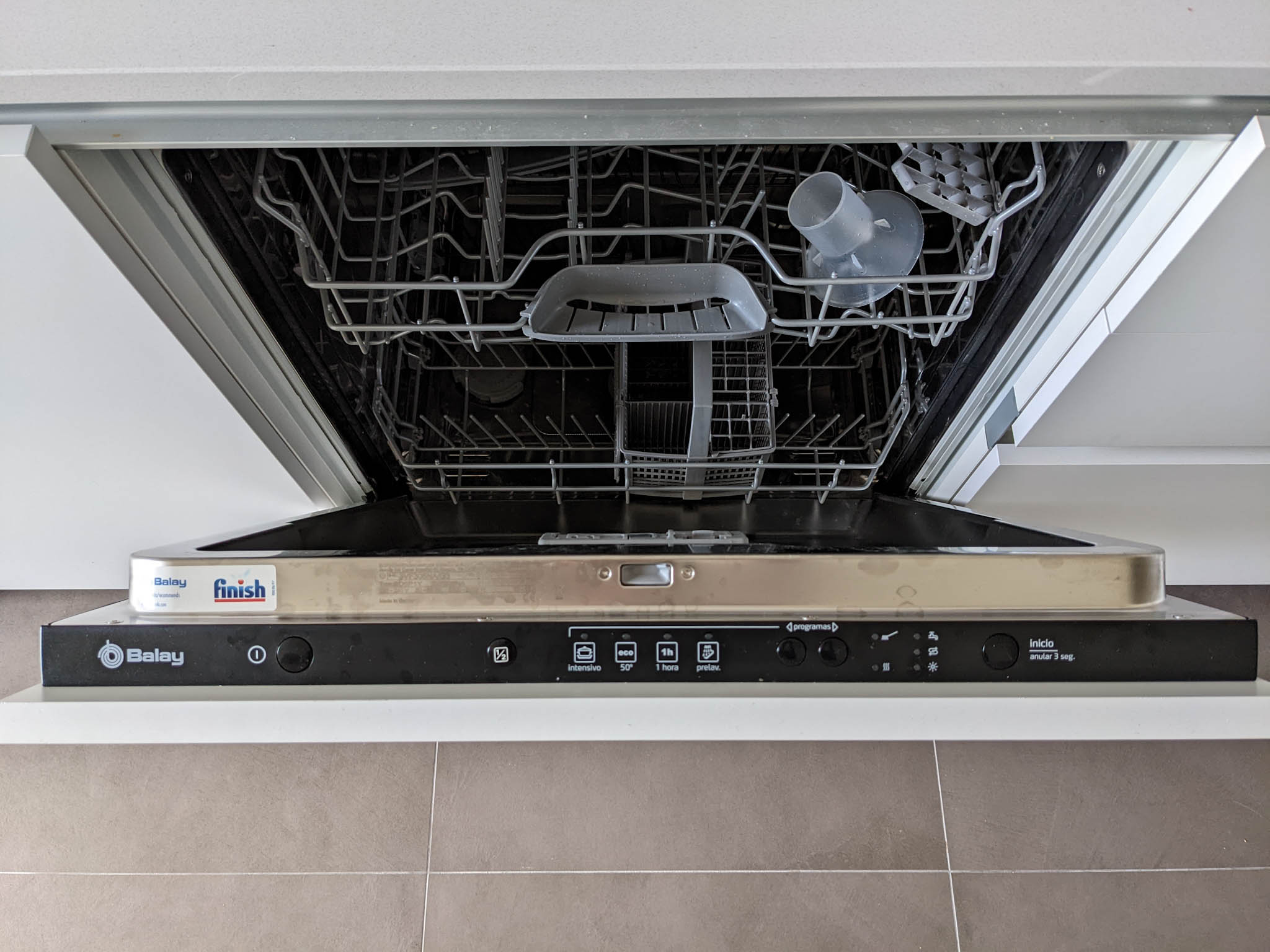
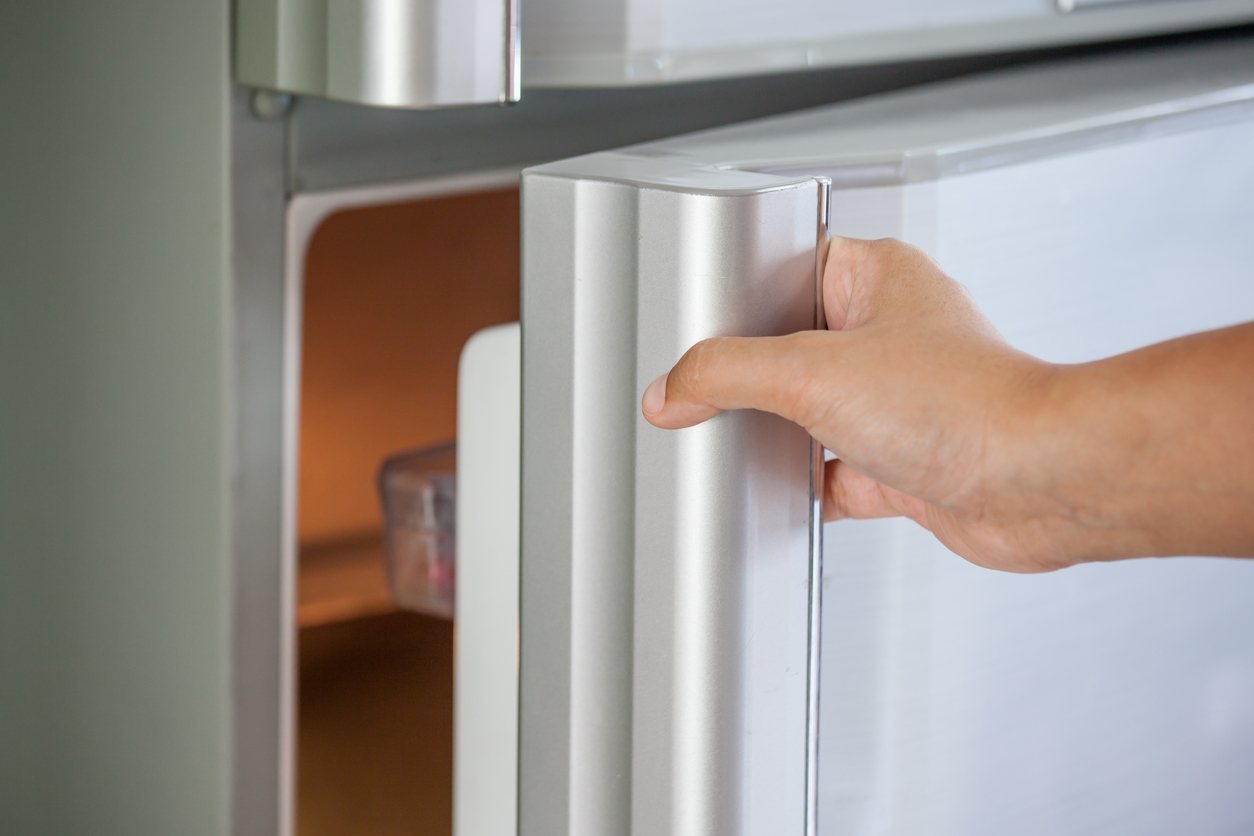
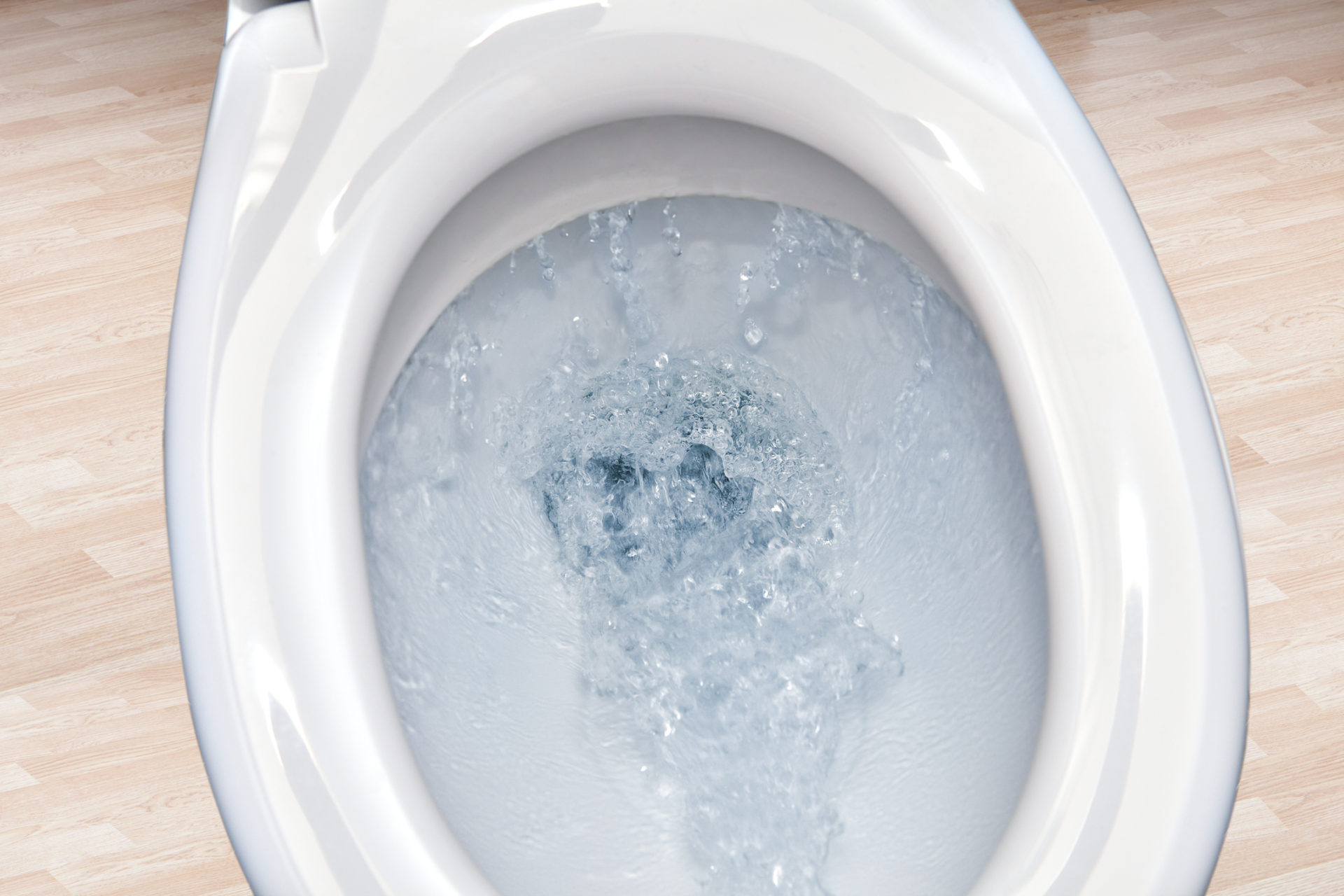
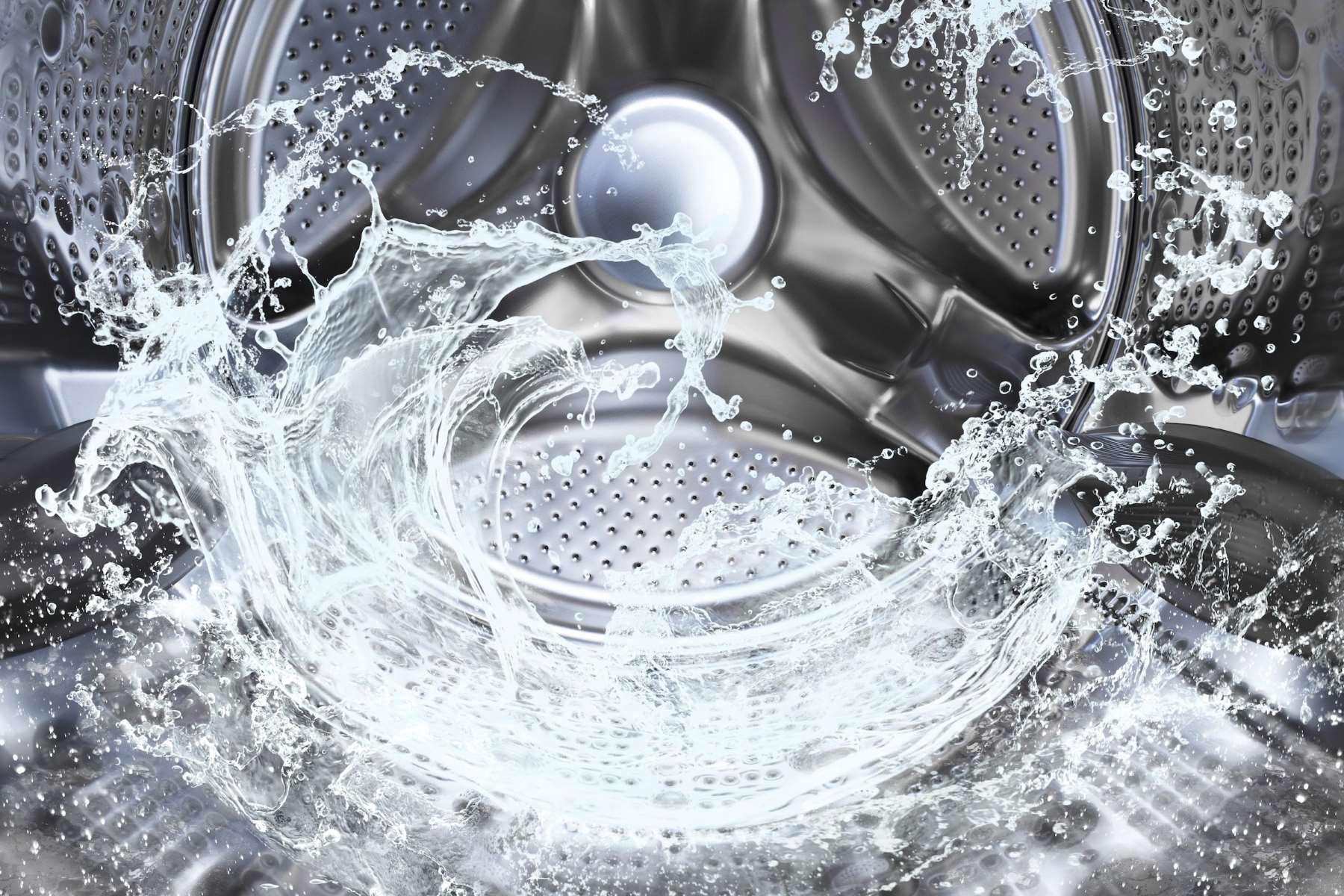



0 thoughts on “Toilet Making High Pitched Noise When Not In Use”